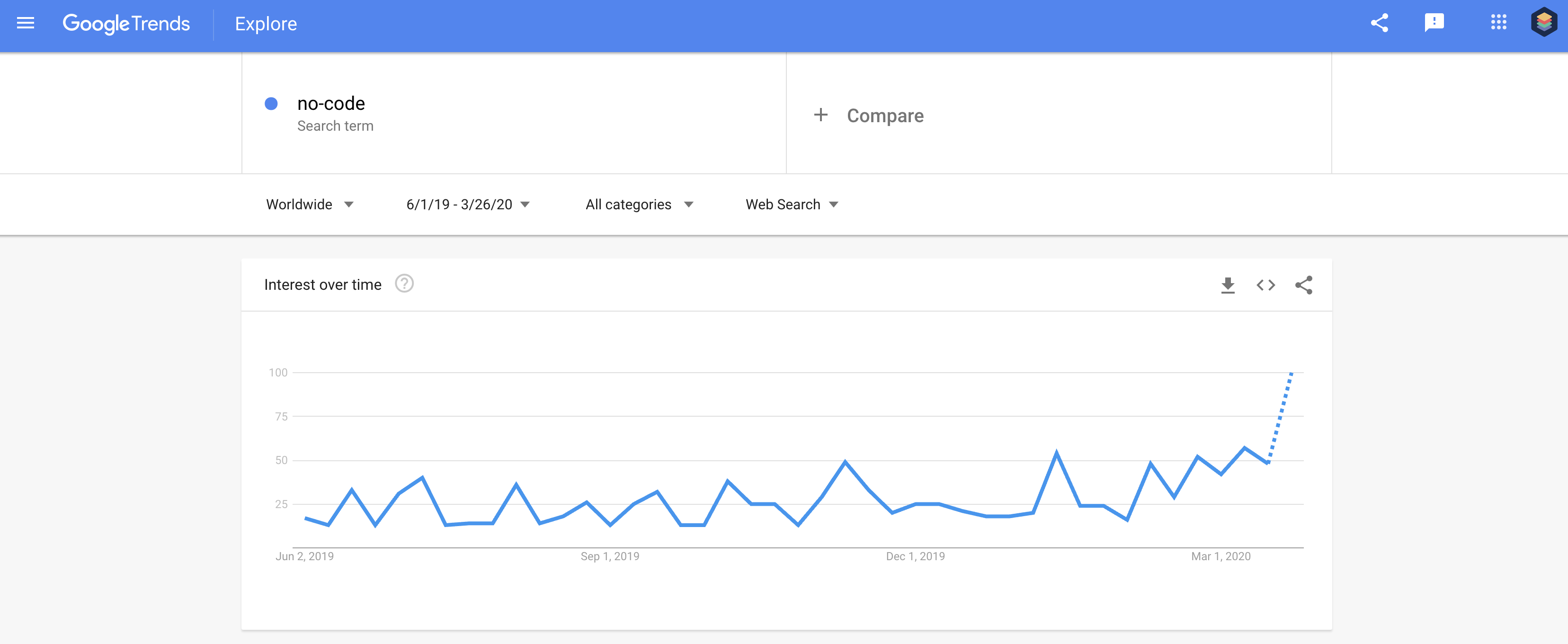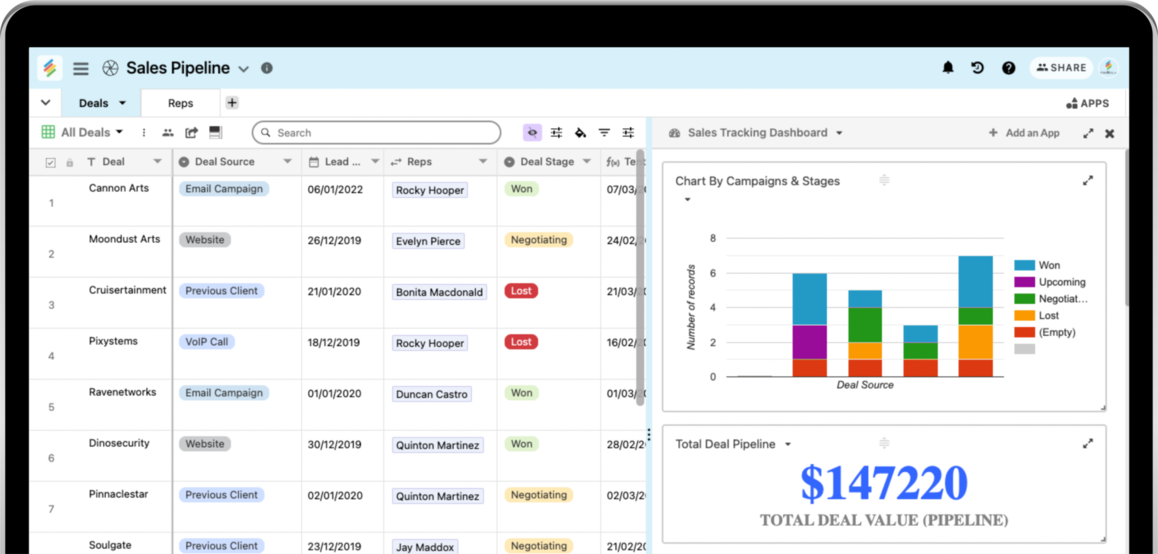Why No-Code is the Future of Open System Data Source Production for Organizations
Why No-Code is the Future of Open System Data Source Production for Organizations
Blog Article
A Comprehensive Guide to Carrying Out Scalable Data Sources Without the Demand for Coding Experience
In the contemporary landscape of data management, the ability to execute scalable databases without coding competence is coming to be significantly essential for organizations of all sizes. This overview intends to brighten the procedure, concentrating on straightforward devices and instinctive user interfaces that demystify database setup. By analyzing essential functions, efficient techniques for application, and best practices for ongoing monitoring, we will certainly resolve just how also non-technical users can confidently browse this facility terrain. What are the vital elements that can genuinely equip these customers to take advantage of scalable databases effectively? The solutions might redefine your method to data management.
Recognizing Scalable Data Sources
In the realm of modern information management, scalable data sources have emerged as an important solution for companies looking for to deal with enhancing quantities of details effectively. These data sources are developed to suit development by enabling for the seamless addition of sources, whether with straight scaling (adding more makers) or upright scaling (updating existing equipments) This flexibility is essential in today's hectic electronic landscape, where data is produced at an unprecedented price.
Scalable data sources usually make use of distributed designs, which make it possible for data to be spread across numerous nodes. This distribution not only improves efficiency yet also supplies redundancy, making certain data schedule even in case of equipment failures. Scalability can be a critical element for numerous applications, consisting of e-commerce systems, social media sites networks, and big data analytics, where customer demand can vary dramatically.
Additionally, scalable data sources usually feature robust information uniformity models that balance efficiency and integrity. Organizations must consider their particular demands, such as read and create rates, information honesty, and fault resistance when choosing a scalable data source remedy. Inevitably, understanding the underlying principles of scalable databases is important for companies aiming to flourish in an increasingly data-driven world.
Key Features to Seek
When evaluating scalable data sources, numerous crucial functions are vital to making certain ideal performance and reliability. First and foremost, consider the architecture of the data source. A distributed style can enhance scalability by enabling information to be kept across numerous nodes, assisting in seamless information accessibility and processing as need rises.
One more vital feature is information dividing, which enables reliable administration of large datasets by separating them into smaller, much more workable pieces (no-code). This method not just enhances efficiency yet likewise simplifies source allotment
In addition, search for robust replication capabilities. This function ensures information redundancy and high accessibility, minimizing downtime throughout upkeep or unforeseen failings.
Performance tracking tools are likewise essential, as they give real-time insights right into system health and operational performance, enabling prompt changes to preserve optimum performance.

User-Friendly Database Devices
Simpleness is an important aspect in the design of user-friendly database tools, as it enhances ease of access for users with varying levels of technological proficiency. no-code. These tools focus on user-friendly interfaces, making it possible for customers to produce, handle, and question data sources without needing comprehensive programming expertise
Key features commonly include drag-and-drop capability, visual information modeling, and pre-built design templates that streamline the arrangement process. Such devices typically offer guided tutorials or onboarding procedures that facilitate individual engagement and minimize the understanding curve. In addition, seamless assimilation with popular information sources and solutions guarantees that individuals can easily import and export data, better simplifying operations.

Additionally, robust assistance and area resources, such as forums and documents, improve the user experience by giving help when needed. On the whole, easy to use database devices empower companies to harness the power of scalable databases, making information administration accessible to every person included.
Step-by-Step Execution Guide
Just how can organizations effectively carry out scalable databases to satisfy their expanding data demands? The process starts with identifying details data needs, including the quantity, variety, and speed of data that will be refined. Next, companies should review easy to use data source tools that use scalability attributes, such as cloud-based services or took care of database services.
Once the appropriate tool is picked, the next action involves setting up the database atmosphere. This consists of setting up instances, specifying user consents, and developing data structures that straighten with business goals. Organizations needs to then migrate existing information right into the brand-new system, guaranteeing information honesty and minimal interruption to procedures.
Post-migration, conducting detailed testing is important; this consists of efficiency screening under various load conditions to guarantee the system can manage future development - no-code. Additionally, it is essential to train personnel on the data source monitoring user interface to promote smooth use
Ideal Practices for Monitoring
Reliable monitoring of scalable databases requires a tactical method that focuses on continuous tracking and optimization. To accomplish this, companies need to apply durable surveillance tools that provide real-time insights right into data source performance metrics, such as inquiry action times, source use, and deal throughput. Regularly assessing these metrics can aid recognize bottlenecks and areas for improvement.

Normal back-ups and disaster recovery plans are necessary to safeguard data stability and schedule. Developing a regular for testing these backups will make certain a reliable recovery process in situation of an unforeseen failing.
In addition, performance adjusting ought to be a continual process. Readjusting indexing techniques, maximizing queries, and scaling resourcesâEUR" whether up and down or horizontallyâEUR" will assist keep optimal efficiency as usage demands advance.
Lastly, promoting a society of understanding sharing amongst team members will certainly enable constant understanding and adaptation, making sure that the management of scalable databases continues to be reliable and efficient gradually.
Conclusion
To conclude, the execution of scalable databases can be successfully attained without coding knowledge via the utilization of intuitive interfaces and easy to use devices. By sticking why not check here to the outlined methods for configuration, data movement, and efficiency testing, people can browse the complexities of database monitoring with convenience. Emphasizing best practices for continuous upkeep and cooperation more boosts the capacity to take care of scalable data sources successfully in a swiftly evolving data-driven atmosphere.
In the modern landscape of information monitoring, the capacity to implement scalable databases without coding knowledge is ending up being significantly essential for companies of all dimensions.In the world of modern-day information monitoring, scalable data sources have emerged as a vital option for companies seeking to handle enhancing volumes of details successfully.Moreover, scalable databases frequently feature durable information consistency designs that balance performance and dependability.How can companies properly carry out scalable databases to meet their expanding data demands? Next, organizations should review easy to use database devices that provide scalability features, such as cloud-based options or managed data source solutions.
Report this page